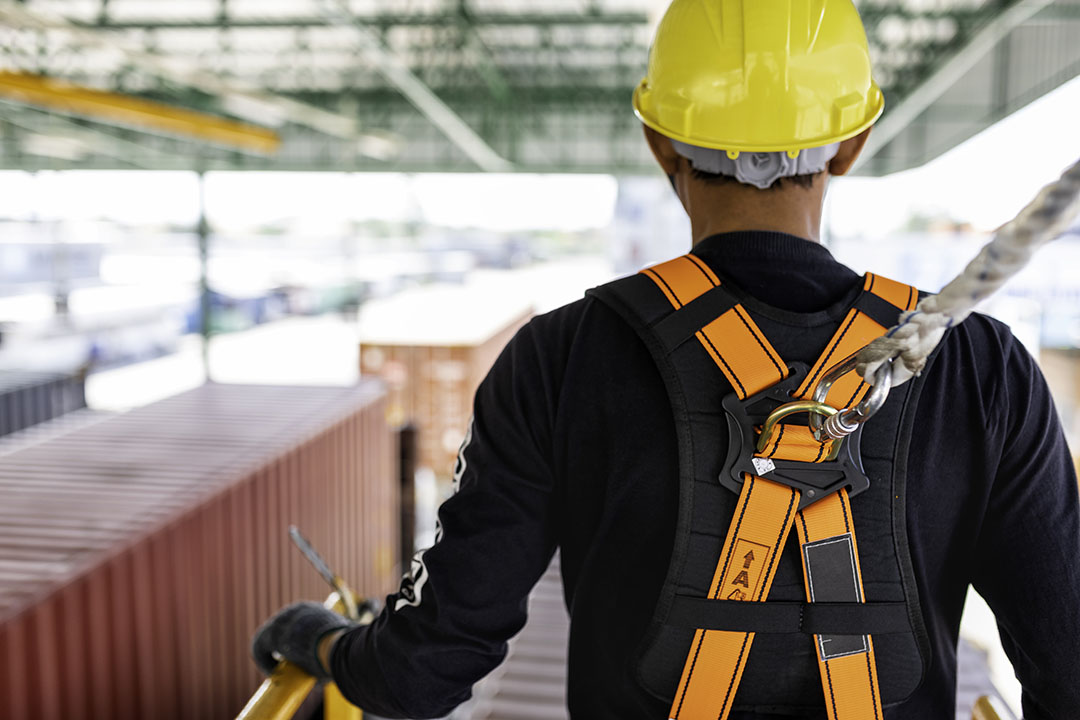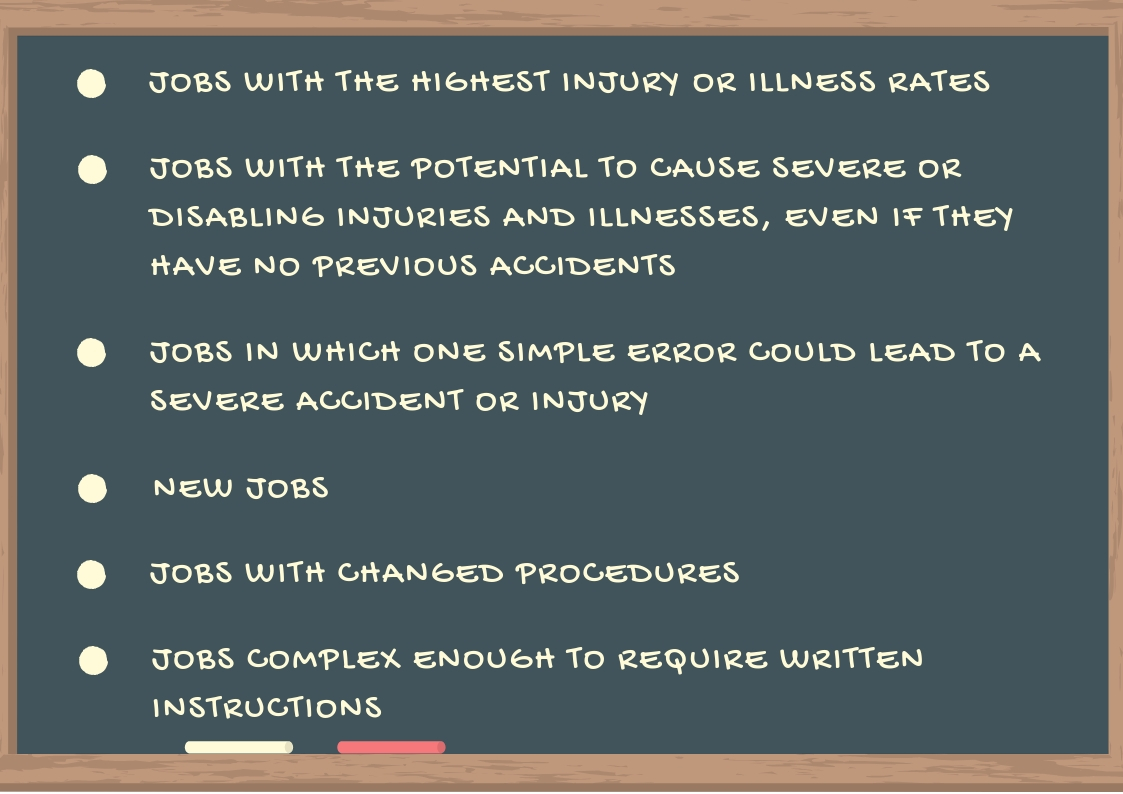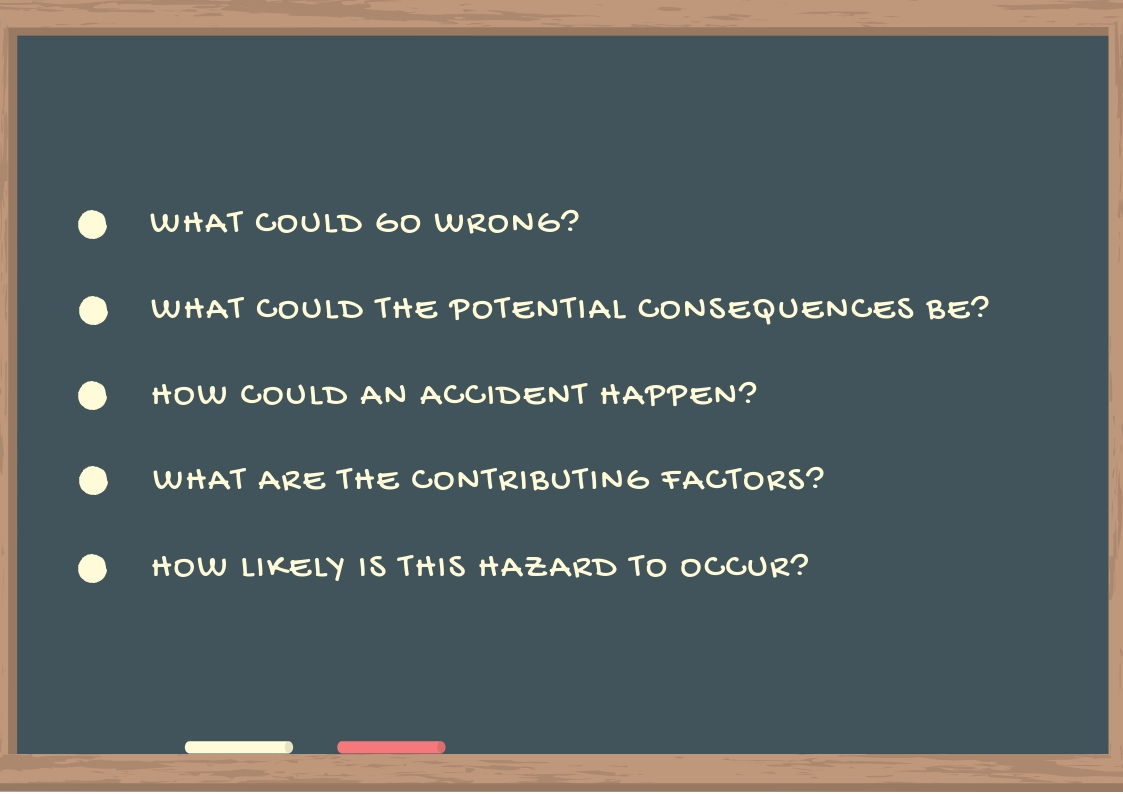
What is a Job Hazard Analysis?
A Job Hazard Analysis is a formal process that helps you identify the most hazardous jobs in your workplace, determine what the hazards and potential consequences of these jobs are, and develop corrective and preventative measures to eliminate or reduce the likelihood of accidents, injuries and illnesses. A hazard is anything in the workplace that has the potential to cause harm to workers. Conducting regular JHAs in your workplace will help reduce worker injuries, illnesses and unsafe work practices, and increase overall productivity and morale.
JHA Steps
There are four steps in a job hazard analysis. First, you should determine which jobs to analyze. To do so, you should review your company’s accident, injury and near-miss logs. JHAs are particularly effective when used to review:
Next, you should break down each job into a series of steps. These steps should be descriptive enough to fully describe the job, but not so complex that there are dozens of steps listed. See at the following example:
- Approach the stack of metal piping
- Pick up a metal pipe
- Carry it to the workstation
- Set it down on the workstation
This example has an unnecessary level of detail. These four steps could easily be summarized into one simple step: Transfer a metal pipe from the stack to the workstation.
After making a list of steps, you’ll evaluate each step and think of potential hazards that could occur during each step. For example, the worker may have to bend down dozens of times a day to pick up that metal pipe from the floor-level stack. This is an ergonomic hazard, and over time it could lead to a musculoskeletal disorder, such as chronic back pain. The worker could also drop the metal pipe on their feet while carrying it, causing broken or fractured bones and time off work. Continue this process for each step, asking yourself the following questions:
After evaluating each step, you’ll develop and implement controls to eliminate or minimize the hazards that you’ve found. For example, you may consider stacking the metal pipes on a waist-height table instead of the floor to reduce bending and requiring all workers to wear steel-toed boots to prevent foot injuries. To correct hazards, you should use the hierarchy of hazard controls.
The Hierarchy of Hazard Controls

Summary
To keep your employees safe, you’re legally required to address hazards in your workplace. JHAs help you identify and correct hazards. First, you should determine which jobs to analyze. Then, you should list the steps for each job. Next, you should identify potential hazards for each step. Finally, you should use the hierarchy of hazard controls to remove the hazard from your workplace or make it less dangerous.
For more information, see the following links:
- OSHA | Job Hazard Analysis
- Canadian Centre for Occupational Health and Safety | Job Safety Analysis
- OSHA | Selecting PPE for the Workplace




